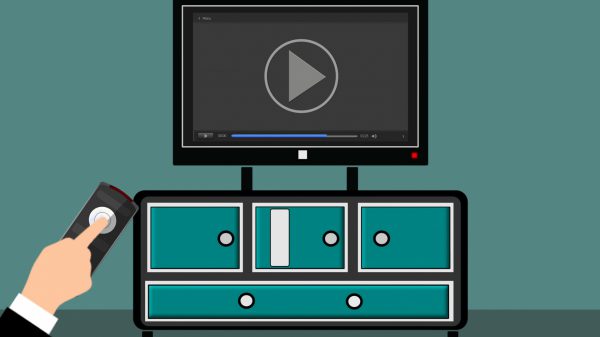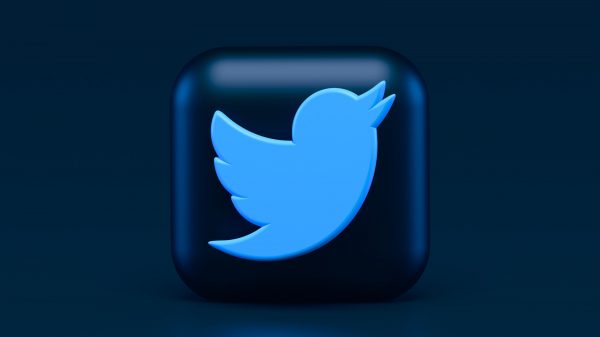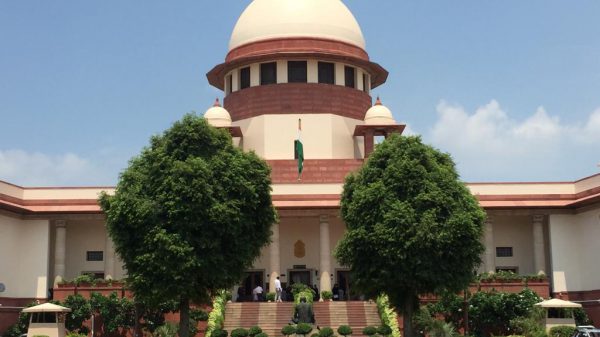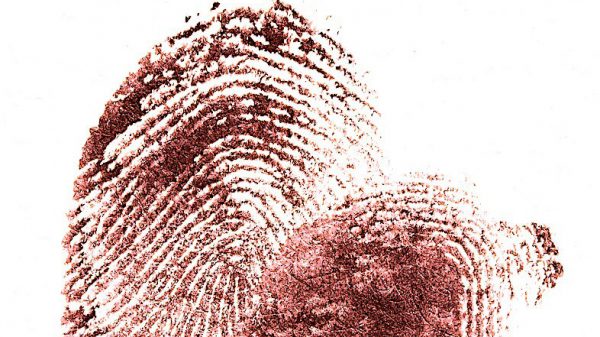While the new IT Rules is said to broaden the regulatory scope of the government, streaming platforms are censoring content regardless.
After the backlash to the Amazon Prime Video series Tandav by right-wing groups, a webseries on the hijacking of Indian Airlines flight IC 814 was dropped by a streaming platform, director Vishal Bhardwaj told journalist Barkha Dutt in an interview on The Mojo Story. “Darr ke maare (Scared out of their minds), the OTT platforms said we can’t touch anything,” Bhardwaj said. “I told them it’s a fact, it happened in our history. And it’s not against our current government, because it was not about the government; our entire nation was being blackmailed, we were at siege.” Bhardwaj cited “the fear among the moneymen [and] the OTT platforms” as a reason for his show being dropped.
The hijacking was one of India’s largest crises around the turn of the century. Taliban terrorists took over a Kathmandu–Delhi flight, demanding — and ultimately obtaining — the release of three terrorists incarcerated in India, who have been reported to have been involved in major terrorist attacks since then. PeepingMoon had first reported in January that a series was in development, with Srinath Raghavan producing; at that time, the OTT platform had not been decided yet. Vishal Bhardwaj had tried to make a film on the hijacking in 2014, but the project reportedly fell through for financial reasons.
Censorship in recent years on streaming platforms
In the last two years, streaming platforms have engaged in multiple acts of self-censorship:
- 2020
- In an unprecedented move, Netflix put out a censored version of the film Mission Impossible: Fallout, after delaying its release without an explanation for weeks. It also removed an Indian map with boundaries disputed by the government from the Netflix Original series Street Food: Asia [read]
- Netflix also put out a censored version of the show Vikings in India and prioritised the inclusion of a Hindi dub for the show over streaming the show as intended. [read]
- Amazon Prime Video censored Borat Subsequent Moviefilm in India, blurring a world map to obscure the country’s boundaries with Pakistan and China. Amazon also added a disclaimer to the beginning of the film, something it hasn’t appeared to have done for the copies of the film released in other markets.
- ZEE5 suspended the release of Tamil web series Godman after an online outrage cycle that included a senior retired bureaucrat and a Rajya Sabha MP, who reached out personally to Zee’s Subhash Chandra to call off the show’s release. [read]
- ALT Balaji and ZEE5 censored an episode of XXX: Uncensored after people objected to its depiction of a military officer’s wife making her lover put on his uniform in a sex scene. [read]
- Hotstar blocked an episode of Last Week Tonight with John Oliver about Narendra Modi and the rise of Hindu extremism in India.
- ZEE5 edited a sketch of an Indian freedom fighter out of a TV show after the sketch’s appearance on a wanted board in the background of a shot caused outrage online. [read]
- I&B Minister Prakash Javadekar intervened to censor a ZEE5/ALT Balaji show [read]
- In its fifth instance of censorship in 2020, ZEE5 pulled and later, reinstated the Pakistani show Churails from its platform in its country of origin. [read]
- Hotstar reportedly censored mentions of beef and ham in the cartoon DuckTales. [read]
- 2021
- Amazon Prime Video censored Tandav in the face of mounting police complaints and court cases resulting from a backlash over a play-within-a-play scene where a character plays the role of Shiva on stage.
- Netflix chose not to release Record of Ragnarok in India and refused to comment why. The show prominently features a fictionalised version of Shiva, who is depicted as a destructive fighter.
Read the full list here.
Why IT Rules worry OTT Platforms
The recently notified Information Technology (Intermediary Liability and Digital Media Ethics Code) Rules, 2021 require streaming services to:
- Appoint a grievance officer.
- Participate in a three-tier complaint redressal mechanism.
- The streaming service itself (Level I)
- A self-regulatory organisation set up by the streaming service (Level II)
- Oversight mechanism by the Government (Level III)
- Put in age ratings and content descriptors for films and series released online.
Streaming services are concerned about possible censorship and criminal action due to, and in spite of, the IT Rules. In a communication to the Ministry of Information & Broadcasting, the Internet and Mobile Association of India on April 9 said that the Rules’ timelines were not sufficient for establishing parental controls and adding content descriptors. The IAMAI — whose Digital Entertainment Committee represents most major streaming services operating in India — argued that the Rules did not address the issue of police cases being filed against streaming services (“parallel criminal action”) and said that the existence of the Rules needs to explicitly remove the risk of criminal action being pursued against a piece of content.
The association also took issue with the fact that the Inter-Departmental Committee, the government organisation that is established to serve as the forum for last appeals by aggrieved viewers, could directly receive and act on complaints; the IAMAI said that the IDC should only hear appeals from the self-regulatory body, the second tier above the individual streaming services.
Censorship not limited to OTT Platforms
In his interview, Bhardwaj cited the increasing control of the government on creative expression as a factor behind such instances of censorship. Harkening back to his film Haider, an adaptation of Hamlet set in modern-day Kashmir, when asked if he would be able to make the film today, the filmmaker responded, “Forget making it, I wouldn’t even be able to think of this script. Because I’d know nobody would be ready to put up money for it.”
A lot of the damage in terms of censorship has already been done, Bhardwaj said. These changes are not limited to streaming. Recently, the government proposed a change to the Cinematograph Act that would let it demand that a film cleared by the Central Board for Film Certification be assessed once again. The Film Certification Appellate Tribunal, which allowed filmmakers who were handed unfavourable decisions by the CBFC an opportunity for appeal, was abolished in April. The CBFC itself, as a former member noted, has been staffed by conservative members in recent years, ending a somewhat liberal streak at the organisation.
Alluding to the damage that had already been done to creative expression, Bhardwaj called the proposed Cinematograph Amendment a “cherry on the cake,” pointing out how the government appeared uncomfortable trusting the very officials on the censor board that it had itself appointed.
In an interview with Karan Thapar, Kamal Hassan called the proposed changes to the Cinematograph Act a form of “McCarthyism,” making reference to the anti-communist fearmongering exemplified by US Senator Joseph McCarthy during the Cold War. “Collective introspection is very important. And if you keep muzzling these voices, then reason cannot be put forth for everyone to see,” Hassan said.
“It’s a secret everyone knows,” Bhardwaj said of the growing censorship.
Also read
- Filmmakers Circulate Petition Against Changes To Increase Censorship Of Films
- I&B Ministry’s Draft Cinematograph Bill 2021 Proposes More Powers For Government To Censor Films
- Cabinet Approves Amendments To Cinematograph Act, Adds Anti-Camcording Clause
- Netflix Chooses Not To Release Anime Series Featuring Shiva In India, Refuses To Comment






















